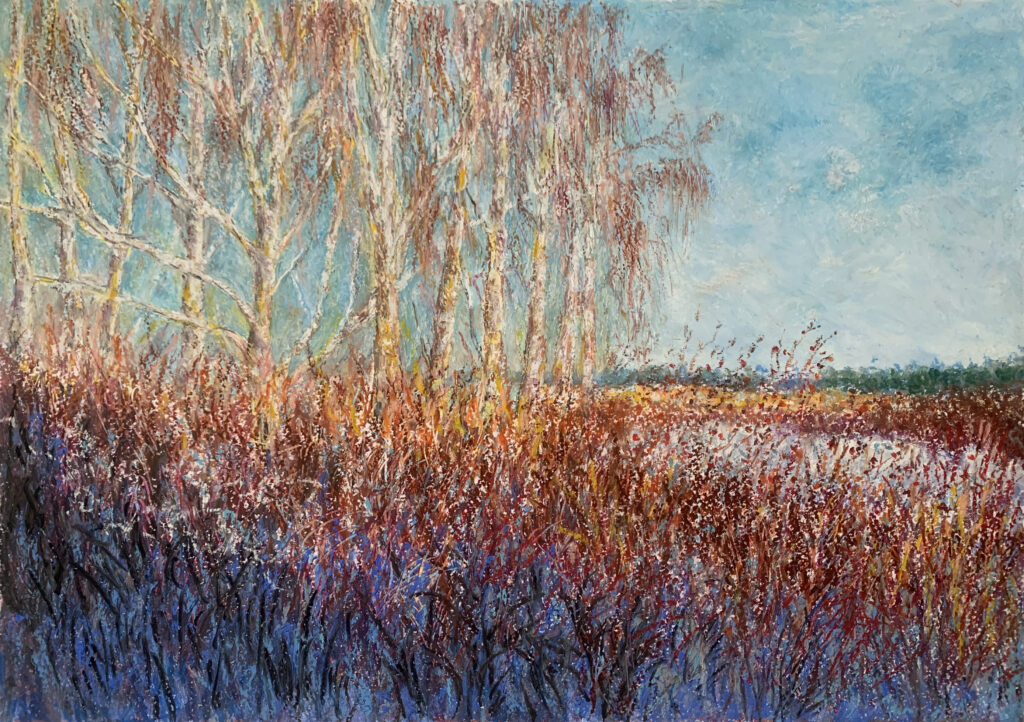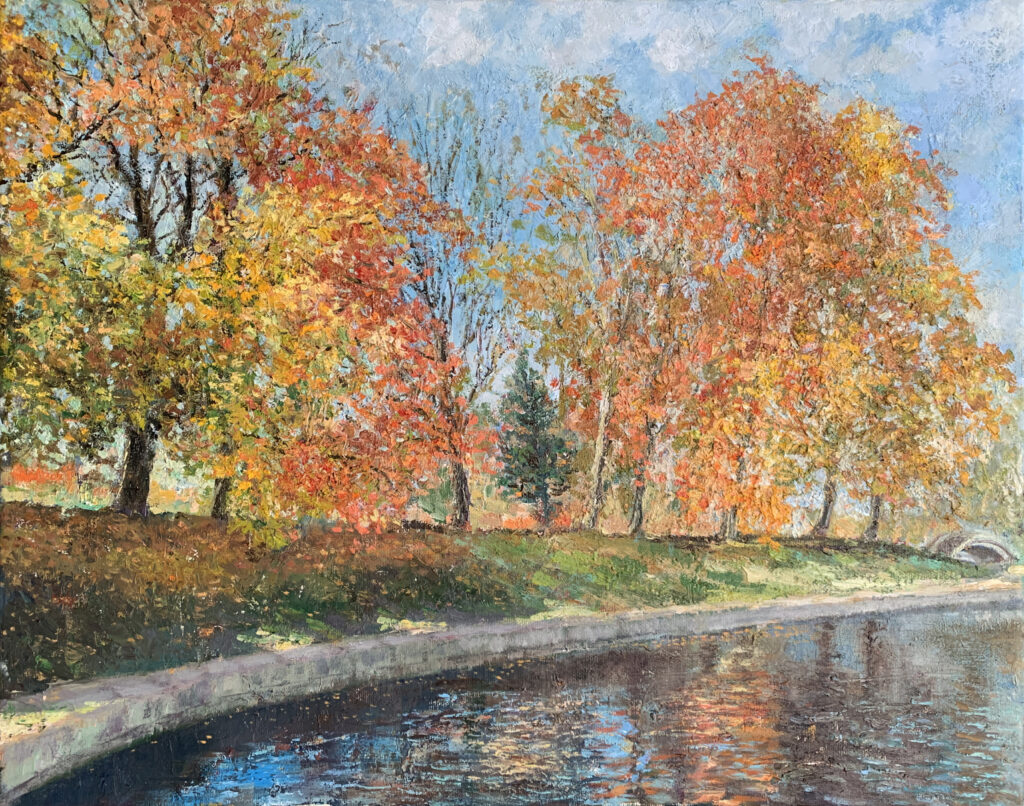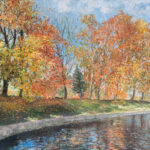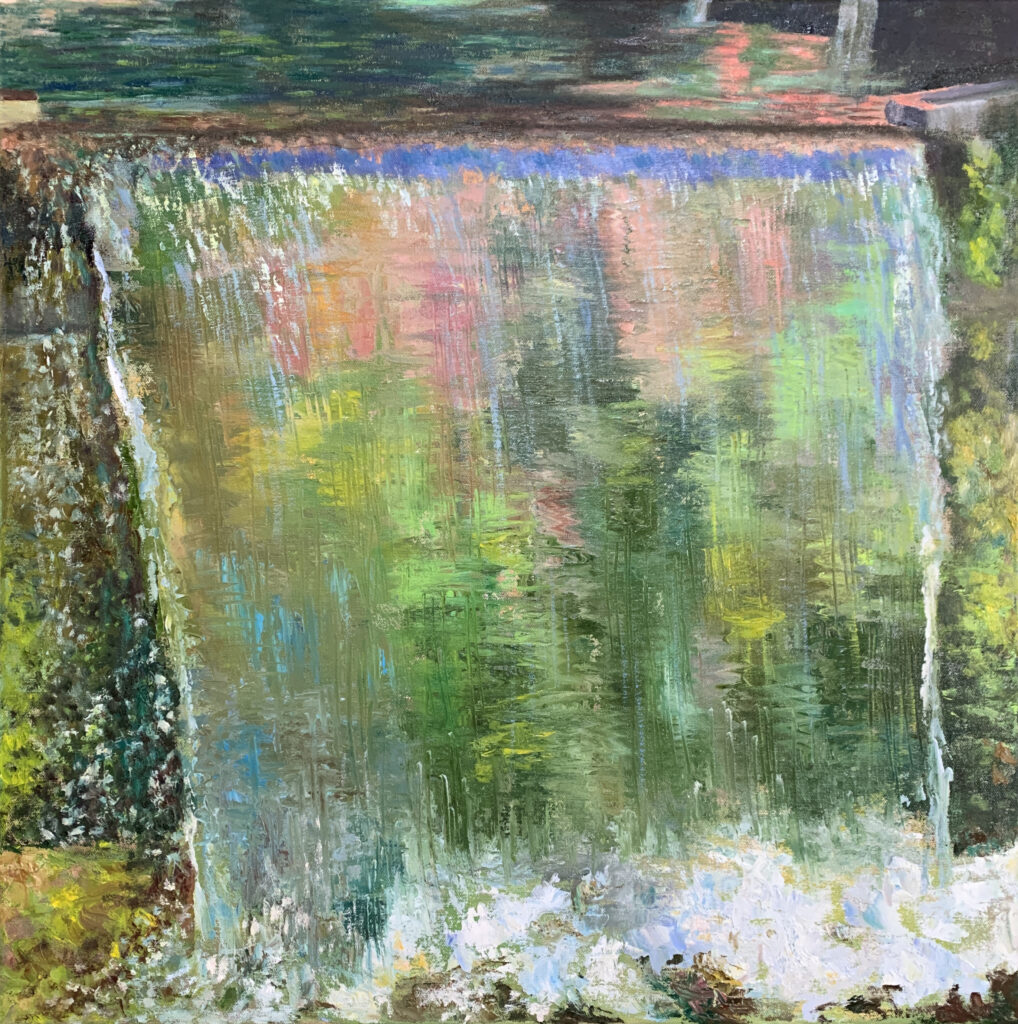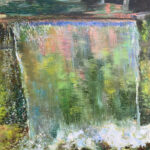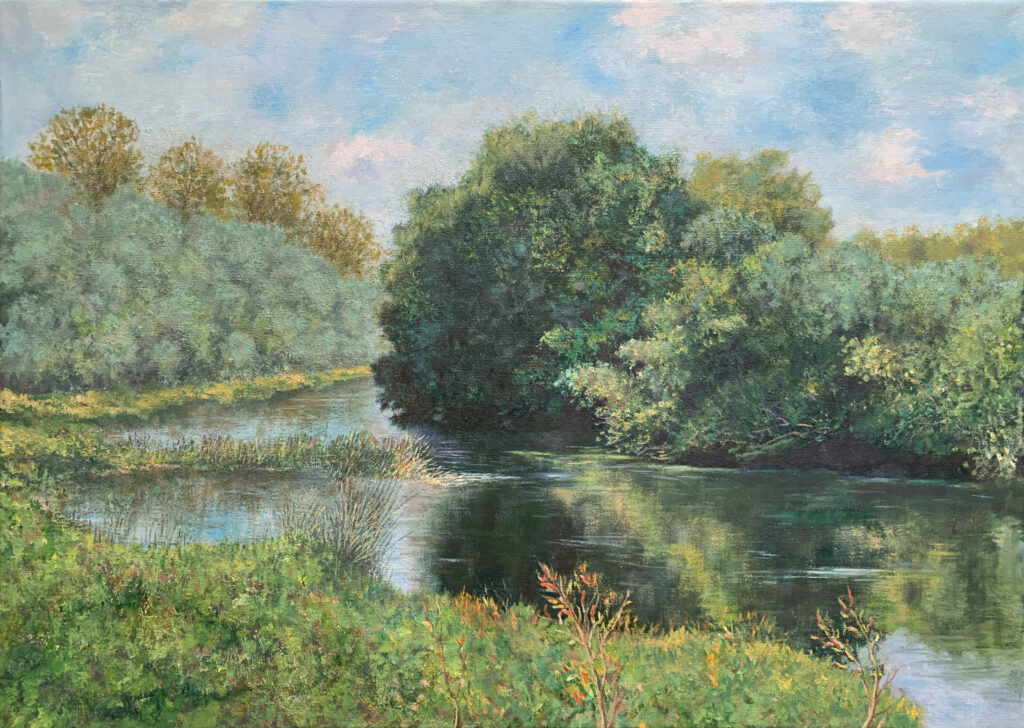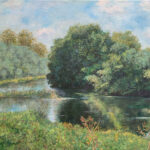Paintings I love
Winslow Homer (American, 1836–1910)
Driftwood
1909
Oil on canvas
62.23 x 72.39 cm
Museum of Fine Arts, Boston

Winslow Homer painted Driftwood at the age of seventy-three. It was the last canvas completed by this prolific American artist and there is much evidence to suggest he conceived it as his final work of art, certain that he would never paint again. Driftwood can thus be regarded as the culmination of Homer’s oeuvre, a summary of the major themes of his entire body of work: nostalgia, manhood, and, most importantly, mortality.
When he sent the painting to his dealer, Roland F. Knoedler, Homer chose the title “Driftwood” over another he apparently considered, “Spoon Drift,” which he had written on the painting’s stretcher. His change emphasizes the centrality of the log in interpreting the work. However, there is another possible source that helps illuminate Homer’s visual and nominal focus on the driftwood. The artist may have been familiar with a painting by American landscapist Frederick W. Kost entitled The Driftwood Gatherer (location unknown), which was exhibited in New York at the January 1900 sale of the collection of William T. Evans, an important American art patron. Homer’s Driftwood bears a remarkable resemblance to Kost’s painting, which was illustrated in the Evans sale catalogue and described as “a man in the act of hauling in a timber which has been carried in by the waves that beat on the beach.” With their backs turned towards the viewer, the men in both paintings appear at odds with a spatially dominant, turbulent sea and its wreckage. However, while Kost’s protagonist stands a good chance of capturing his diminutive driftwood, Homer’s man does not. Homer’s mammoth log commands the viewer’s attention and helps imbue his scene with a tone of gravity. In facing the challenge of lifting this massive fallen tree, the man’s physical strength and virility are called into question.
Like the driftwood, Homer and his lone mariner have been tossed about by life’s heavy waves; they seem at the mercy of a capricious greater power. Neither the tree nor the man stand tall any longer, and their futures, though unpredictable, are inevitable. With its philosophical appeal and moving manipulation of tone and atmosphere, it is not surprising that Driftwood sold the very same day Homer’s New York dealer received it, on November 30, 1909.
Source: Museum of Fine Arts, Boston
Follow my art blog “Paintings I Love” in Instagram, Telegram, Pinterest, Twitter


